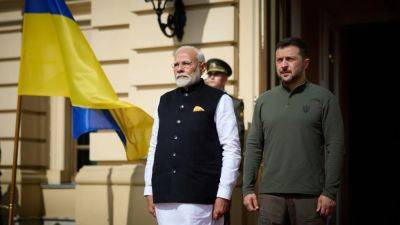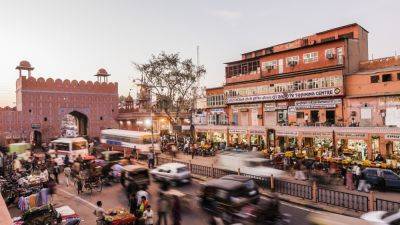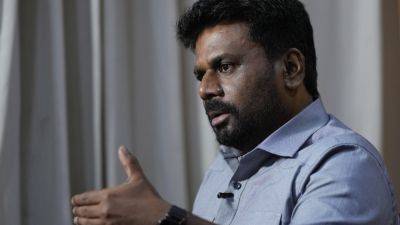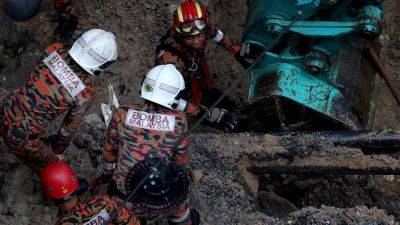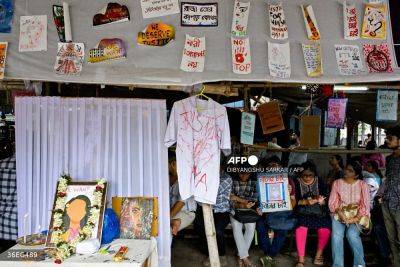Worked to the Bone, India’s Doctors Fear for Their Safety, Too
Exhausted doctors resting in crowded on-call rooms with no locks, two to a single bed. Frustrated relatives of patients angrily challenging a physician’s diagnosis. Too few security guards to keep the peace.
These are everyday realities in Indian government hospitals. Young doctors describe multiday shifts and harrowing working conditions in rooms and wards often lacking in safety and hygiene, where learning is frequently interrupted by the crushing load of urgent cases.
Their plight has come to light in recent weeks after the rape and murder in Kolkata of a 31-year-old junior doctor who had been resting after a grueling 36-hour shift. Last month, the police arrested a man, considered a prime suspect in the killing, after he was caught on CCTV walking into the hospital late at night.
The case has prompted nationwide protests, with doctors, students and human rights activists demanding justice for the victim, as well as better protection and safer workplaces for doctors and women. Many doctors also went on strike.
“People protested because we identified with the victim,” said Dr. Susmita Sengupta, who graduated in 2020 from M.G.M. Medical College & Hospital in Jamshedpur, a large city in the eastern state of Jharkhand, and worked there for a year before moving to private practice.
Between the lack of security personnel and the challenges many female doctors face to be heard, “any residency in India becomes toxic,” Dr. Sengupta said.


